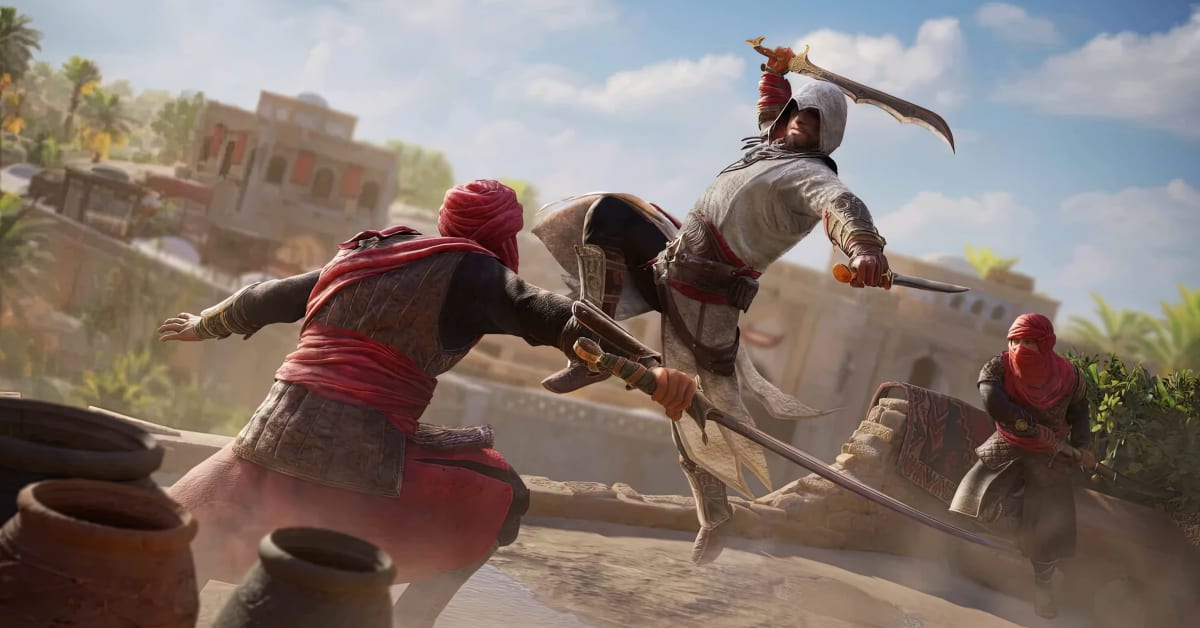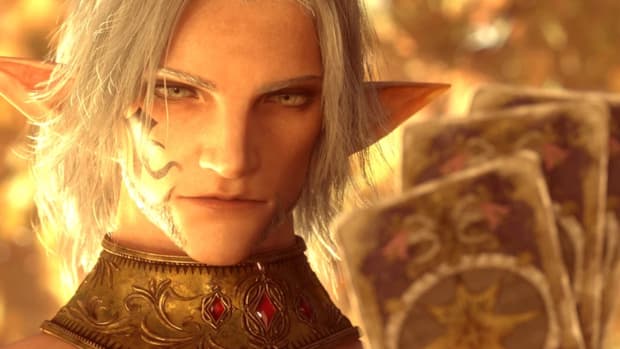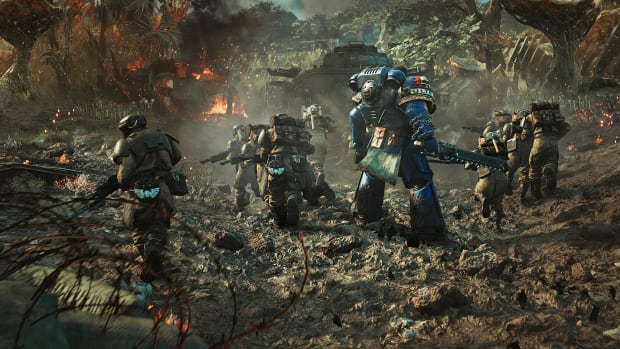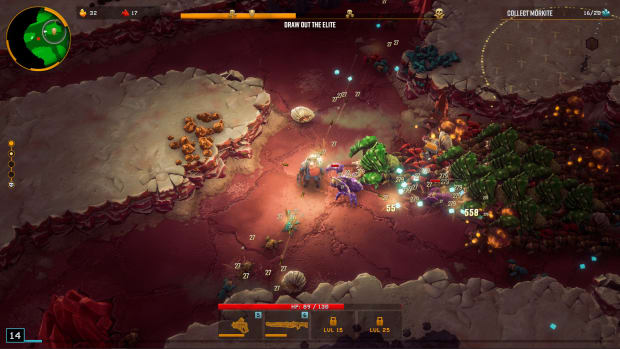![Assassin’s Creed Mirage combat interview: "We looked at samurai [and] Jedi"](https://videogames.si.com/.image/ar_16:9%2Cc_fill%2Ccs_srgb%2Cfl_progressive%2Cg_faces:center%2Cq_auto:good%2Cw_768/MTk4NzAyNzAzMzMxNzc5OTQ3/assassins-creed-mirage.jpg)
Assassin’s Creed Mirage combat interview: "We looked at samurai [and] Jedi"

Basim is fast. When I think back to other Assassin’s Creed protagonists, there are plenty of other words I can use as descriptors: Connor Kenway is versatile, Ezio Auditore is charming, and Altaïr Ibn-La'Ahad is stoic. Basim Ibn Ishaq is damn fast. He walks away from a kill before the target even realizes that they’re dead, before bounding over rooftops, hopping across struts, and swinging around corners to vanish into the bustling streets of 9th Century Baghdad.
Assassin’s Creed Mirage is an homage to the legacy of the series, putting the focus back on parkour and stealth in a densely-packed city. There are no RPG-style damage numbers here – a kill is a kill. If the first Assassin’s Creed is Splinter Cell, Assassin’s Creed Mirage is Splinter Cell: Conviction.
Funnily enough, it even lifts a mechanic from the Sam Fisher-led Ubisoft series, bringing a “mark and execute” ability to Mirage, where Basim can mark a series of targets before quickly murdering them in a series of lightning-fast takedowns, moving so quickly that it appears, to the human eye, as if he’s teleporting.
During the Ubisoft event in LA last weekend, I got the chance to see an extended gameplay section and chat with animation director Benjamin Fox about this agile and deadly new addition to the Assassins’ roster.
“We did quite a lot of work under the hood to smooth out transitions, to make sure the flow between certain maneuvers was functioning in a clean and fluid way,” Fox says. “We've also added a few animations to help with transitions – specifically speeding up climbing. So there are various tricks we've done in animation to make things feel a little bit faster than they are. And on top of that, there was a big focus on the world to make the level design really fit the animation system. Lots of back and forth between animation between the world team.”
While fighting is still an option, it’s more of a fallback for when everything else falls apart this time around. An ideal mission will see you get in, kill your target, and escape before anyone even knows you were there. If that fails, you can kill a target in plain sight and escape through the ringed city – a gorgeous, sun-bleached playground of rooftops, town squares, and back-alley cut-throughs.
All of the old parkour skills are back, including corner swings, and Basim even has a couple of other tools at his disposal, such as a pole vault-style rooftop crossover. With the new wanted system, more and more agile adversaries will begin to give chase if you continue to leave chaos in your wake.
Of course, sometimes we all need a bit of chaos in our lives, and Basim is ready to stick them with the pointy end when all else fails.
The original Assassin’s Creed worked off an animation-based combat system, where every precision strike – usually a counterattack – was a kill. It aimed for cinematic flair over player skill and precision timing. Mirage aims to blend the two, working off hitboxes and chip damage for normal attacks, while still retaining some of that bombast with a series of flashy finishing moves.

There's always a way to escape combat if you're feeling overwhelmed. Looking this pleased with yourself about it isn't optional.
Ubisoft
“We created our own pillars within animation,” Fox says. “So fluidity, you need to be precise and efficient with his moves – we didn't want to linger. You can move from one attack to another very quickly. In terms of fighting style, that's quite a broad question. What we did do is obviously use the original Assassin's Creed [games] as points of reference, but we also look at other stuff. We looked at samurai, we looked at Jedi for the way that swords and lightsabers are handled.
“Our animation team actually did live sword training to understand how to handle weapons in an efficient and natural way. Overall, we just wanted nice arcs and shapes, fluid movement, to speed things up from Valhalla and to give Basim his own flavor.”
Another thing that’s different from Valhalla – beyond the speed – is that Basim won’t be dismembering people or lopping off heads. The team decided early on that combat here should be about cuts and punctures, rather than liberating people of their body parts.
“We gave Basim these quirky sword moves,” Fox explains. “There's an element of arrogance in his fight flourishes. He looks down at who he's just killed. We've always wanted to create that samurai moment as well, where he cuts his way through people and you can stand there and slowly, one by one, people would just fall over around him.”
Assassin’s Creed Mirage launches on October 12 for PlayStation, Xbox, and PC.





